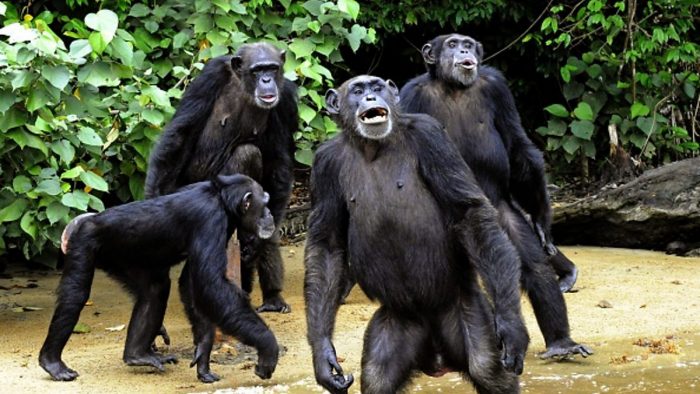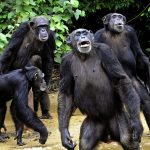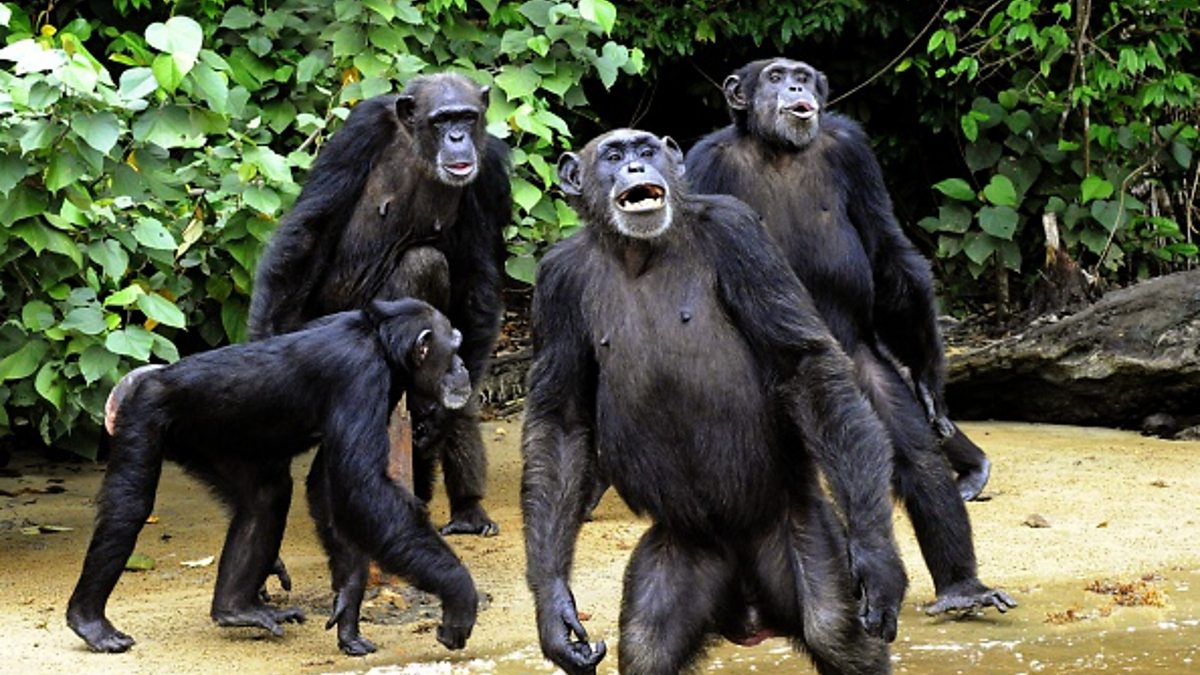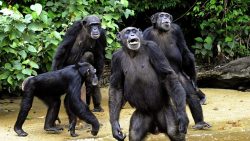Best primate destinations in Kenya
Travel Company: DAV Safaris
Website: www.davsafaris.com
Email:[email protected]
Tel: +256757795781 or +256701412430
Kenya is renowned for its breathtaking landscapes and rich biodiversity, making it a prime destinationType
equation here. for wildlife enthusiasts. Among its many attractions, primate destinations stand out, offering a unique opportunity to observe these intelligent and social creatures in their natural habitats. From the misty highlands of the Aberdare Mountains to the lush forests of Kakamega, Kenya is home to a variety of primate species, each with its own unique charm and behavior.
Visiting these primate destinations not only provides an unforgettable experience but also contributes to vital conservation efforts. Many of these areas work tirelessly to protect endangered species and their ecosystems. Whether you’re trekking through dense forests or enjoying a guided tour, encountering Kenya’s primates is an adventure like no other. Here, we explore some of the best primate destinations in Kenya, where you can immerse yourself in the beauty of nature and the fascinating lives of primates.
Aberdare National Park
Aberdare National Park is a stunning area characterized by its rugged terrain, deep valleys, and unique wildlife. Nestled in the central highlands, this park is home to the black-and-white colobus monkey, a striking primate known for its acrobatic skills and distinctive appearance. The park’s lush forests provide an ideal habitat for these monkeys, as well as other species like the Sykes monkey and the endangered golden monkey.
Visitors to Aberdare National Park can embark on guided nature walks and hikes, offering the chance to spot these enchanting primates in their natural environment. The park’s diverse ecosystem also supports a variety of other wildlife, including elephants, buffaloes, and numerous bird species. The scenic views, including waterfalls and panoramic vistas, enhance the overall experience, making it a must-visit for nature lovers and primate enthusiasts alike.
Kakamega Forest
Kakamega Forest, the last remnant of the ancient equatorial rainforest in Kenya, is a biodiversity hotspot that attracts researchers and nature lovers from around the world. This lush forest is home to the rare and elusive blue monkey, along with other primate species such as the red-tailed monkey and the Sykes monkey. The vibrant ecosystem is rich in flora and fauna, making it an ideal destination for those interested in the intricate relationships within nature.
Visitors to Kakamega can enjoy guided walks through the forest, where knowledgeable guides share insights about the various species and their behaviors. The forest is not only a sanctuary for primates but also hosts an array of birds, butterflies, and other wildlife. The tranquil environment, filled with the sounds of nature, offers a perfect escape for those looking to immerse themselves in the wild. Kakamega Forest is truly a treasure trove for primate lovers and an essential part of Kenya’s natural heritage.
Ol Pejeta Conservancy
Ol Pejeta Conservancy, located in the Laikipia region, is a remarkable blend of wildlife conservation and sustainable tourism. While primarily known for its efforts in protecting endangered species such as the northern white rhino, Ol Pejeta is also home to a variety of primates, including the olive baboon and the vervet monkey. The conservancy’s diverse habitats, from savannahs to woodlands, provide a perfect environment for these social animals.
Visitors can engage in various activities, such as game drives and guided walks, allowing them to observe primates in their natural settings. The conservancy’s commitment to conservation and community involvement offers a unique perspective on wildlife protection, making it an educational experience as well. With stunning landscapes and a rich array of wildlife, including primates, Ol Pejeta is a remarkable destination that highlights the beauty and importance of Kenya’s natural ecosystems.
Mount Kenya National Park
Mount Kenya National Park, a UNESCO World Heritage site, is not only famed for its majestic peaks but also for its unique wildlife. The park is home to the endemic and endangered Tana River mangabey, as well as other primate species like the black-and-white colobus monkey and the Sykes monkey. The diverse habitats, ranging from bamboo forests to moorlands, provide varied environments for these primates.
Trekking in Mount Kenya offers an exciting adventure for visitors, with opportunities to spot primates in their natural surroundings. The park’s breathtaking landscapes, including glaciers and volcanic peaks, create a stunning backdrop for wildlife encounters. Additionally, Mount Kenya plays a crucial role in water catchment for surrounding communities, emphasizing the importance of conservation efforts in the area. For those seeking adventure and the chance to encounter primates in a spectacular setting, Mount Kenya National Park is an unforgettable destination
Primates to See in Kenya
Kenya is home to a diverse array of primates, including some of the most fascinating species in the world. Here’s an overview of the primates you can encounter, starting with chimpanzees.
Chimpanzees
While not native to Kenya, chimpanzees can be seen in sanctuaries and conservation centers across the country. The Sweetwaters Chimpanzee Sanctuary, located within Ol Pejeta Conservancy, is one of the best places to see these incredible primates. The sanctuary is dedicated to rescuing orphaned and abused chimpanzees, offering them a safe haven and an opportunity to live in a naturalistic setting.
Visitors can observe these intelligent and social animals as they interact in their groups, climb trees, and engage in various activities. Chimpanzees are known for their complex behaviors, including tool use and social bonding, making them a highlight for wildlife enthusiasts. The sanctuary also focuses on education and conservation efforts, raising awareness about the importance of protecting these endangered primates.
Olive Baboon
The olive baboon is one of the most commonly seen primates in Kenya. These social animals are known for their strong group dynamics and can often be spotted in large troops foraging for food in both savannas and forests. Their adaptability allows them to thrive in various habitats, from urban areas to national parks.
Baboons are highly intelligent and exhibit complex social behaviors, making them fascinating to observe. Visitors can often see them engaging in grooming, playing, and communicating within their groups. Their omnivorous diet consists of fruits, seeds, and small animals, adding to the intrigue of their foraging habits.
Black-and-White Colobus Monkey
The black-and-white colobus monkey is a striking primate found in several forests across Kenya, including Aberdare National Park and Kakamega Forest. Known for its long, flowing fur and distinctive coloration, this species showcases impressive acrobatics as it leaps gracefully between trees.
Colobus monkeys are primarily herbivorous, feeding on leaves, fruits, and flowers. Their unique digestive system allows them to extract nutrients from tough foliage. Observing these monkeys in their natural habitat provides insight into their social structures and feeding behaviors.
Sykes Monkey
The Sykes monkey, also known as the blue monkey, is a medium-sized primate that can be found in forested areas across Kenya. With its bluish-grey fur and expressive face, this species is both curious and social. Sykes monkeys typically live in small troops and are known for their playful behavior.
These monkeys are primarily frugivorous, feeding on a diet of fruits, leaves, and insects. Their social interactions and vocalizations make them a delight to observe in the wild, especially in places like Kakamega Forest.
Vervet Monkey
Vervet monkeys are easily recognizable due to their black faces and greenish-grey fur. These social primates are found throughout Kenya and are often seen around human settlements, which makes them more familiar to visitors. Vervet monkeys are known for their vocal communication and complex social structures.
Living in groups, they exhibit interesting behaviors and interactions. Their omnivorous diet includes fruits, seeds, and insects, making them adaptable to various environments. Spotting vervet monkeys is common in national parks and rural areas alike.
Tana River Mangabey
The Tana River mangabey is a critically endangered species endemic to the Tana River region. With long limbs and thick fur, this primate is adapted to life in the forest canopy. Sightings are rare due to its limited habitat, but efforts are being made to conserve this unique species.
Visitors to the Tana River area may have the opportunity to spot these elusive monkeys, contributing to conservation awareness. The mangabey’s distinct behaviors and social structures make it a special encounter for wildlife enthusiasts.
Golden Monkey
The golden monkey is a rare species found in the mountainous forests of Kenya, particularly around Mount Kenya. Recognizable by its golden-orange fur and black limbs, this monkey is known for its playful nature and social interactions.
Golden monkeys primarily feed on leaves and fruits and are often seen in small groups. Their striking appearance and elusive nature make them a highlight for visitors trekking through their mountainous habitat.
Red-Tailed Monkey
The red-tailed monkey, or red-tailed guenon, is primarily found in the forests of western Kenya, including Kakamega Forest. Known for their distinctive red tails and playful nature, these monkeys live in small troops and are often seen foraging together.
Their diet mainly consists of fruits, leaves, and insects, making them an integral part of their ecosystem. Observing red-tailed monkeys in their natural habitat is a delightful experience for visitors.
Plan your trip with DAV Safaris























































